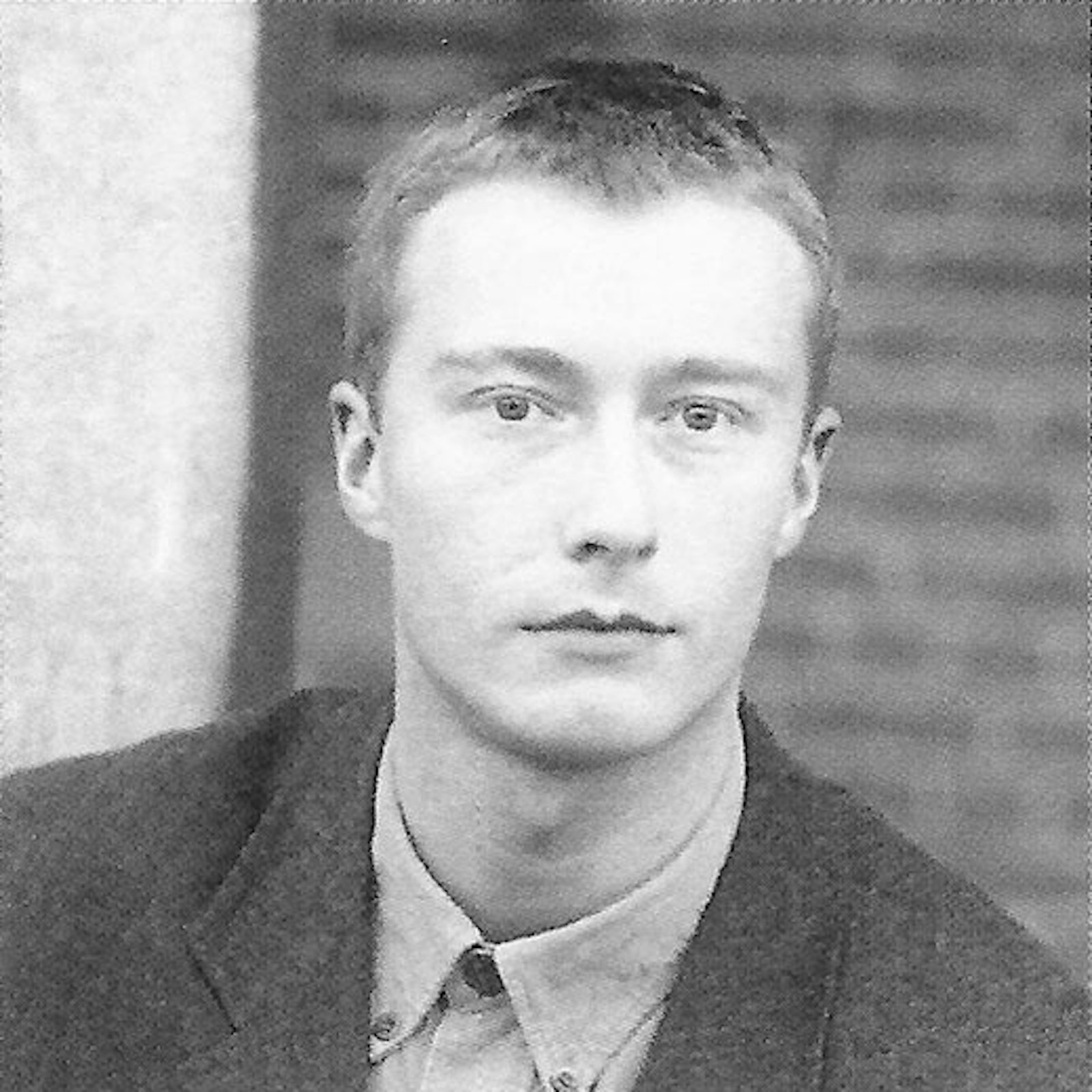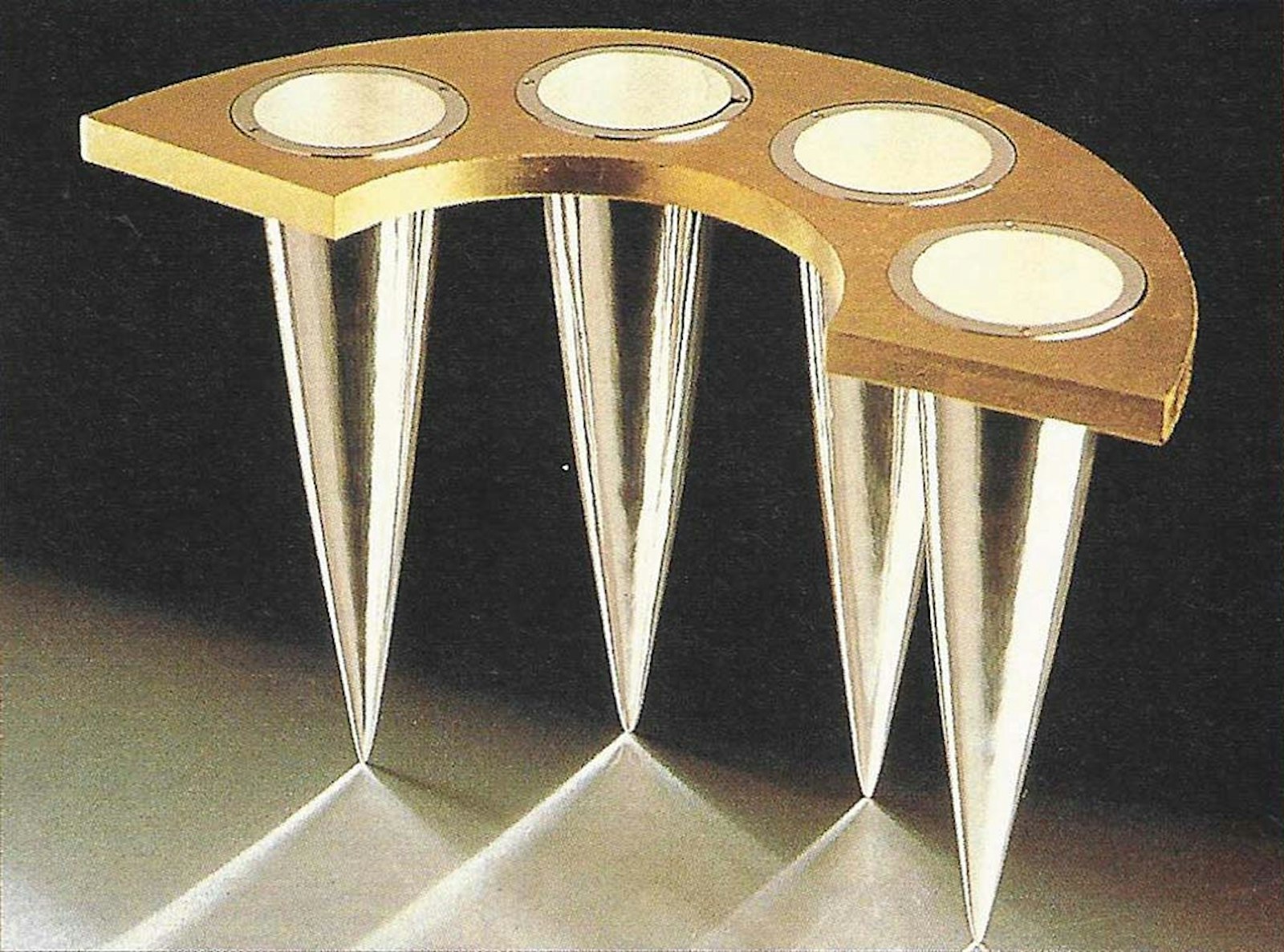de Velde
David Huycke
In 1989, David Huycke (°1967, Sint-Niklaas) obtained his diploma at the Saint-Lucas Pavilion in Antwerp, department jewellery design/gold and silver smith. Subsequently, he followed an extra training course in decoration techniques for silver at the same institute and at the Trade School of Schoonhoven in the Netherlands (1990).
Since 1989, he has participated in different exhibitions in important jewellery (and other) galleries and he has obtained working allowances at home and abroad. Thanks to his eye for detail, the subtle colour gradations and the extremely refined finishing of his jewellery and silverwork, he has received commissions from everywhere and he is often selected for prizes when participating in contests. And, last but not least, it also gained him a selection for the prestigious international contest A sparkling party, organized by the VIZO on the occasion of Antwerp 93.
"About my objects and jewellery...
My whole work shows a search for natural elegance, a 'perfection' of craft and an utmost simplicity. Structures and rhythms largely define the shape of my jewellery and silverwork and are inextricably bound up with my logical and mathematical construction methods. Hence, techniques such as welding, hammering or reverting are never hidden.
Besides the subtle nuances of colour, they usually are the only decorative elements. From 1993 onwards, the formal simplicity of the work became even more emphasized, without therefore simplifying the content.
On the contrary, the cool, technical aura makes way for a warm, human jewel or silver piece. The traditional technique is now a function of the pure form which is usually created out of one piece. There is no sign of decoration left, only a captivating game of 'lines and volumes', of 'light and shadow', of 'fullness and void' cause a subtle contrast.
Characteristic of my work today, is my attempt to show the material (gold and silver) in its natural beauty. By the beat of the hammer - which, because of the intensive planishing, has become almost invisible, but can still be clearly felt - the surface acquires a vivid, sensitively structured skin. The object is also treated with acids which separates the copper (from the silver or gold alloy) of the surface, leaving only the pure precious metals in the top layer. This results in a nicer colour and in a surface which, in the case of silver, only oxidizes after a very long time.
The 'search' for shapes and functions has also become less important. Hence, my latest objects are no longer based on drawings, as was the case before, but to a large extent, they are the result of much work and long experiments with the metal itself. They have in fact grown out of a silver plate between the hammer and the anvil."


